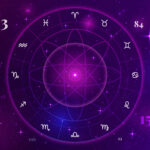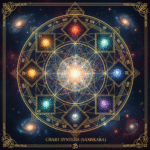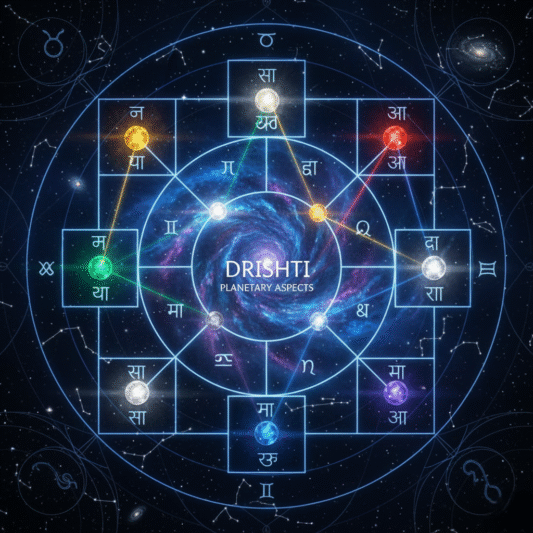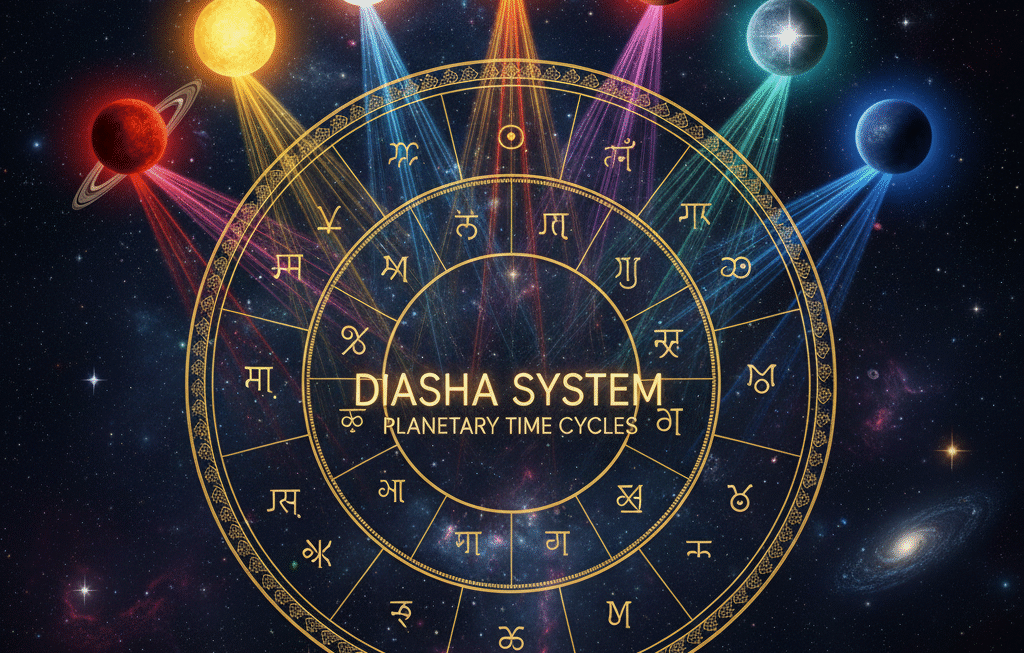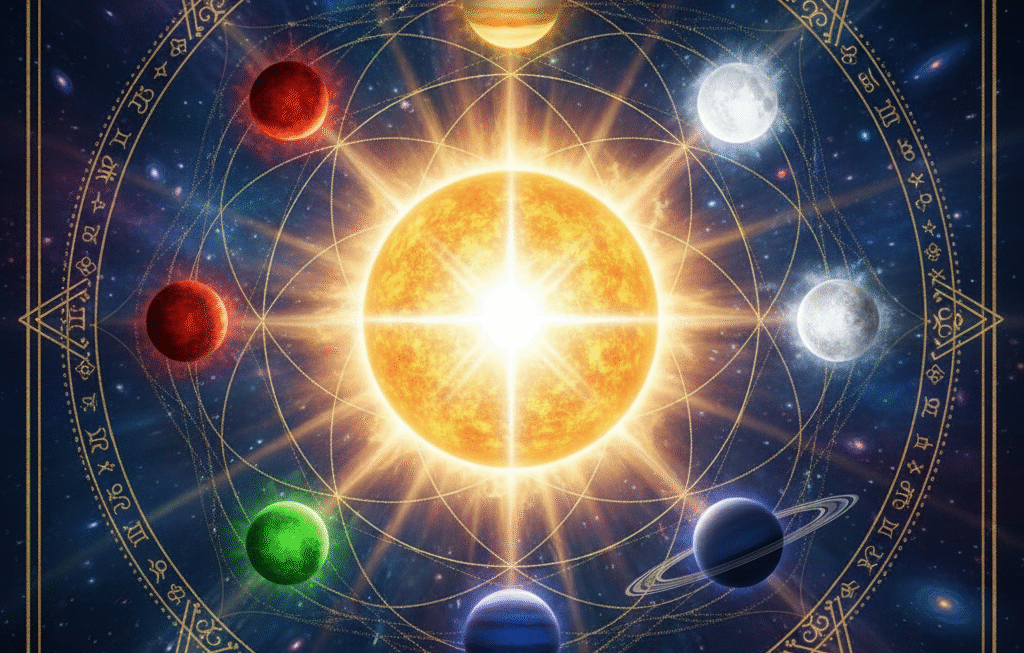That mysterious concept is called Drishti — literally meaning “sight” or “glance” in Sanskrit. In Vedic Astrology, planets actively influence other houses through their planetary aspects Vedic, shaping various areas of life and destiny.
If you’ve ever asked, “Why is my Mars affecting my 7th house even though it’s not placed there?” — you’re about to find out.
In this guide, we’ll go step-by-step through the process of identifying planetary aspects (Drishti) in your own Kundli. You’ll learn how to:
Read planetary aspects directly from your chart
Understand how each planet “casts its glance”
Interpret the meaning of those aspects in a practical way
Step 1: What Are Planetary Aspects (Drishti)?
(Focus Keyword: planetary aspects vedic)
In Vedic Astrology, every planet (called Graha) has the power to see or influence certain other houses from its position. This “sight” is called Drishti, which literally translates to vision or gaze.
Opinion:
Drishti is one of the most powerful ways planets interact beyond their physical placement.
Reason:
While the planet’s placement shows where its energy resides, its Drishti shows where that energy is directed.
Example:
If Mars is in your 4th house, it doesn’t only affect your home life (4th house matters). Through its Drishti, it also impacts your 7th, 10th, and 1st houses.
Restate:
Therefore, understanding planetary aspects (Drishti) is crucial — it reveals how planetary energies communicate across your chart.

Step 2: Learn the Default Aspect Rule (Every Planet Has the 7th-House Drishti)
(Secondary keyword: planetary aspects explained)
Now, open your birth chart. You can generate one online (using “Lahiri Ayanamsa”) or with any Vedic astrology app.
Find where each planet sits — for example, Sun in the 3rd house, Moon in the 6th, etc.
Here’s the golden rule:
All planets aspect (see) the 7th house from their position.
In other words, count 7 houses from any planet (including the one it sits in). That’s the house it directly aspects.
Example:
If Jupiter is in your 1st house,
count: 1 → 2 → 3 → 4 → 5 → 6 → 7 →
So Jupiter aspects the 7th house from itself.
This 7th-house aspect applies to all planets.
Step 3: Special Aspects (Unique Drishtis of Mars, Jupiter, and Saturn)
Now comes the fun part — some planets have extra powers. These are called special aspects or additional Drishtis.
Let’s break them down one by one.
Mars (Kuja Drishti)
Special aspects on: 4th and 8th houses from itself.
Meaning: Mars’ energy is assertive, cutting, and fiery. It “attacks” the areas it aspects — often pushing for action or conflict.
Example:
If Mars is in the 1st house:
- 4th from it → 4th house
- 7th from it → 7th house (common to all)
- 8th from it → 8th house
So Mars affects 1st, 4th, 7th, and 8th houses strongly.
Therefore, Mars’ Drishti shows where your courage, aggression, and drive will manifest.
Jupiter (Guru Drishti)
Special aspects on: 5th and 9th houses from itself.
Meaning: Jupiter’s glance brings wisdom, blessings, expansion, and opportunities.
Example:
If Jupiter is in the 2nd house:
- 5th from it → 6th house
- 7th from it → 8th house
- 9th from it → 10th house
So Jupiter influences 6th, 8th, and 10th houses by Drishti.
Therefore, wherever Jupiter looks, it brings growth and guidance — a teacher’s grace.
Saturn (Shani Drishti)
Special aspects on: 3rd and 10th houses from itself.
Meaning: Saturn’s glance is heavy, karmic, and often restrictive — but deeply grounding and maturing over time.
Example:
If Saturn is in the 7th house:
- 3rd from it → 9th house
- 7th from it → 1st house
- 10th from it → 4th house
So Saturn influences 9th, 1st, and 4th houses through Drishti.
Therefore, Saturn’s Drishti shows where you’ll face discipline, responsibility, and life lessons.
Step 4: How to Count Houses for Drishti (Practical Counting Method)
(Keyword: drishti vedic astrology)
Let’s practice counting directly on your chart.
- Find a planet (say, Venus in the 5th house).
- Count forward — each house is one step.
- The 7th house from Venus is the one it aspects.
If you’re using a North Indian chart, remember:
- The houses are fixed in their diamond positions.
- The signs move according to Ascendant (Lagna).
If you’re using a South Indian chart, it’s the opposite:
- The signs are fixed, and
- The houses move based on your Ascendant.
🪷 Tip: Always start counting from the planet’s own house as 1, and move sequentially until you reach the desired house (3rd, 4th, 5th, etc., depending on the Drishti rule).
Step 5: Interpreting Planetary Aspects in Real Life
Once you’ve identified which houses are being aspected, the next step is interpretation.
Let’s decode how to read these influences:
Benefic Aspects
Planets like Jupiter, Venus, and Moon usually give positive results through their Drishti.
They bring support, grace, harmony, and opportunity.
Example:
If Jupiter aspects your 10th house of career, it often means career growth through wisdom, teaching, or moral integrity.
Malefic Aspects
Planets like Mars, Saturn, Rahu, and Ketu bring tension, discipline, or challenges.
Their Drishti creates situations that build strength through pressure.
Example:
If Saturn aspects your 5th house, it may delay childbirth or creative projects — but ensures maturity and long-term stability later on.
Mutual Aspects
When two planets aspect each other (e.g., Mars in the 1st, Saturn in the 7th — both seeing each other), their energies combine.
This can create a strong karmic link or intense theme in your life.
Step 6: Advanced Insight — Graha Drishti vs Rashi Drishti
(Keyword: graha drishti)
In Vedic astrology, there are two kinds of Drishti:
1. Graha Drishti (Planetary Aspect)
This is what we’ve discussed so far — the aspect of a planet onto a house or another planet.
- Applies to all planets.
- Based on counting houses.
2. Rashi Drishti (Sign Aspect)
This concept is more used in Jaimini Astrology.
Here, signs (Rashis) themselves “see” other signs.
- Movable signs (Aries, Cancer, Libra, Capricorn) aspect Fixed signs (Taurus, Leo, Scorpio, Aquarius), except the one next to them.
- Dual signs (Gemini, Virgo, Sagittarius, Pisces) aspect each other.
You can think of Rashi Drishti as a background energetic connection, while Graha Drishti is more personal and active.
Step 7: Your Step-by-Step Summary Checklist
Identify each planet’s position (which house it’s in).
Note that every planet aspects the 7th from itself.
Remember special Drishtis:
- Mars → 4th, 7th, 8th
- Jupiter → 5th, 7th, 9th
- Saturn → 3rd, 7th, 10th
Check which houses receive multiple aspects — these are energetic hotspots.
Interpret aspects as influences, not final outcomes.
Final Thought: Seeing the Chart Come Alive
Your birth chart is not static — it’s a living web of relationships.
Through Drishti, the planets “speak” to each other, weaving your karmic story together.
So next time you open your Kundli, don’t just look at where planets are — notice where they’re looking.
Because in Vedic astrology, the planets’ gaze reveals their intention.
And once you see that — your chart begins to speak back.



